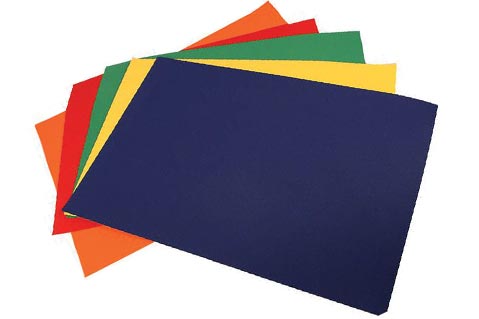Product Hub May 03, 2017
Creative Ways to Add Fashion Patches
Decorative patches are a trend fashionistas are embracing, and so should your clients.
Decorative patches are a quick and easy way to add color and interest to a garment, and can be a great profit center for many decorators. Patches may be embroidered, screen printed, sublimated or embellished with vinyl or rhinestones. The decoration method may vary, as may the method used to create the patches. There are five methods by which a decorated patch can be created. Each shop can choose the method that works best for their production capabilities and budget.

Method 1:
Buy decorated patches from a supplier. This easy option offers you the ability to create artwork and give it to another company that creates the patches. It may require a little research to find a patch manufacturer with pricing that allows for a reasonable mark-up and profit on the final sale. Companies like Penn Emblem Co. (asi/77120), World Emblem International (asi/98265) and Campus Chalet are examples of decorated-patch manufacturers.
Method 2:
Buy blank patches and decorate them. This route offers a lower price point, but requires more work. The upside is that the patches are made first and only need to be decorated. Blank patches also offer a more professional appearance that patches with satin-stitched or heat-knifed edges may not. The downside is that decorating a blank patch that’s already merrowed can be difficult. Placement has to be exact to ensure that the design appears as it should on the patch. Blank patches can be purchased from firms like All Stitch, EnMart and ColorPatch.
Method 3:
Buy a patch kit, which comes with the supplies necessary to create a patch. It’ll generally include fabric, backing and perhaps a hot knife or cutting tools. These patches will usually be made with a satin-stitch edge and may come with heat-seal backing so they can be heat-applied to a garment. Colman and Co. offers this type of kit.
Method 4:
Buy fabric sheets and create patches. These sheets are made of the same material used to make blank patches, and may include the same type of backing that would come with a merrowed patch. The advantage here is that the material will generally be heavier and stiffer than untreated material. Fabric sheets also offer the option of creating patches that can be sealed to a garment with heat. These types of sheets are available from EnMart and Datastitch.com.
Method 5:
Create patches from scratch. This involves buying fabric from a fabric store and devising your own method of decorating and cutting them. Your techniques may vary, from embroidering fabric and cutting it with scissors, to sublimating or screen printing fabric, using a hot knife to cut it and sealing the edges with satin stitches. Remember, fabric that isn’t designed to be heavy-duty, as polyester twill is, may result in less durable patches.

Product Hub
Find the latest in quality products, must-know trends and fresh ideas for upcoming end-buyer campaigns.
